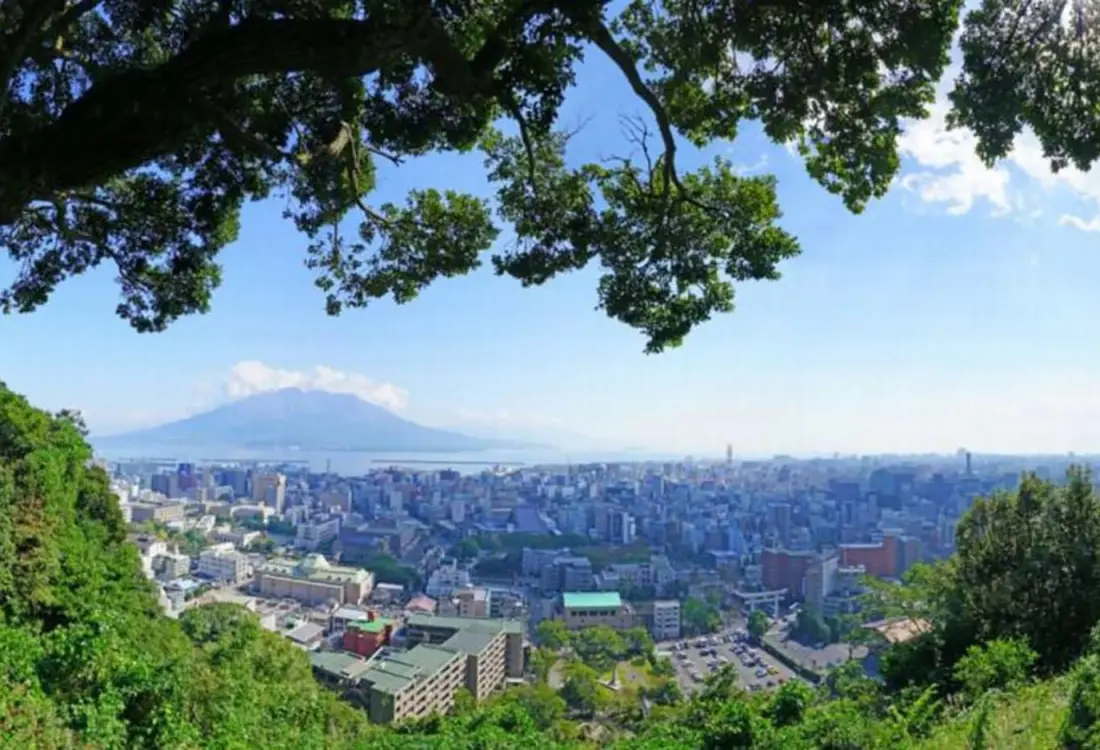
Welcome
to Kagoshima
Japan's global image is often linked with the future. Western pundits use robotics, high-tech toilets, and industrial design as examples of where humanity is headed, overlooking, of course, that with its long – sometimes harmonious, sometimes turbulent – history, Japan's past is richer and more revealing than whatever conveniences automated devices might bring. Kagoshima, a volcanic region in southwestern Kyushu, is justly known for its spectacular natural history, in particular the fiery, highly active volcano Sakurajima. Meanwhile, its social history, and the connections between past, present, and future, may be what leaves you most moved.

Your journey into the past begins in the prefectural capital, Kagoshima City, where you can visit the Museum of the Meiji Restoration. Here you learn about Saigo Takamori, known to Westerners as “The Last Samurai." Once sympathetic of the modernization movement that culminated in the Meiji Restoration of 1868, he became disenchanted by the loss of traditional values. After starting a military academy, Saigo, along with fellow discontented samurai, revolted against the government in what is now known as the Satsuma Rebellion. Unsuccessful in his campaign, he became a martyr for many Japanese who clamor for a rose-tinted view of a long-gone, never-to-return past. The museum is well-marked and informative. It even has a bizarrely entertaining show detailing this dramatic moment in history re-enacted by robots (there's the future again!). As 2018 commemorates the 150th anniversary of the Restoration, a visit this year is all the more timely.

Kagoshima is a small city–pleasant to stroll around or sightsee by tram. History lurks elsewhere at the Reimeikan, a museum dedicated to local culture, and the Monument to the loyal retainers of Satsuma, a memorial to 80 souls who perished during a massive, 18th century flood control project. Take a boat from the pier and then board a bus to Arimura Lava Observatory located on Sakurajima's perimeter. Here you'll have a close-up view of the barren lava fields from the 1914 eruption and the volcano's thick, steaming plume. If you're feeling a bath, there are a few hotels with onsen not too far away.

A short train ride away from Kagoshima is Kaimon-dake, a fairly straightforward hike with gorgeous views of the islands nearby. From the foot of the mountain you can take the train to Ibusuki for its famous sand baths. It really is like nothing you've experienced. You lay down in a shallow hole, and the workers shovel hot sand over you until your whole body is covered, exposing only the head. The hot sand has therapeutic and detoxification qualities. Each session lasts 10 minutes before you rise, sweaty and coated with sticky grains, retiring to a lovely bathhouse where you can view the sea.

You'll probably be hungry after such a physical day. Kagoshima has two signature dishes. Really tasty is satsuma-age, a deep-fried patty of minced fish flavored with sake and eaten with ginger and soy sauce. More beautiful on your plate might be kibinago sashimi, in which slices of silver herring are delicately arranged like a summer flower blossom. Wash down either dish with locally brewed sweet potato shochu, as Kagoshima is Japan's largest producer of the potent alcohol distilled from grain and sweet potato.


After this slight respite from history, once more venture back to the past with a short bus ride to Chiran, a small town between Kagoshima City and Kaimon-dake. This stop is worthwhile just for its preserved samurai houses, or buke-yashiki. Many have small but complex gardens of classic Japanese style, using rocks and shrubs to metaphorically represent the larger forms of nature. The beautifully landscaped gardens and surrounding countryside are a peaceful respite.

The Chiran Peace Museum is built on the location of a WWII military airfield. This tranquil memorial has a strange, dark place in history, as it was the air base for kamikaze pilots. The path to the museum itself is flanked by stone lanterns, each one dedicated to a pilot. On the museum grounds you can see their living quarters where they ate and slept, but what is especially moving is the Peace Hall itself. It's a nice touch that most of the ephemera has descriptions translated into English. The museum doesn't set out to moralize or advocate; it really is just about the pilots, many of whom were teenagers, as young as 14 or 15 years old. The most moving exhibit is the collection of haiku the pilots wrote before their final flight. Many of them recognized the fated brevity of their lives, others referenced their mothers, while others noted the wish that Japan would be peaceful and prosperous once more.

Stepping outside, in the distance you can see the faint outline of Kaimon-dake, yesterday's pleasure climb, and the humble peak that was the last glimpse of territorial Japan that these pilots saw before their final flight. Over the centuries the people of Kagoshima have built timeless traditions, cultures and a deep, rich, and at times severe, history full of complicated heroes, enriching trades and goods and natural wonders. Past, present and future – all of it is connected and always will be.


Phineas Arthur True
Phineas is a photographer and writer who lives in Kyoto. He is an avid traveler and spends much of his free time adventuring around Japan.
 Enjoy The Relaxing Nature And Intriguing History Of Unesco World Heritage Amakusa
Enjoy The Relaxing Nature And Intriguing History Of Unesco World Heritage Amakusa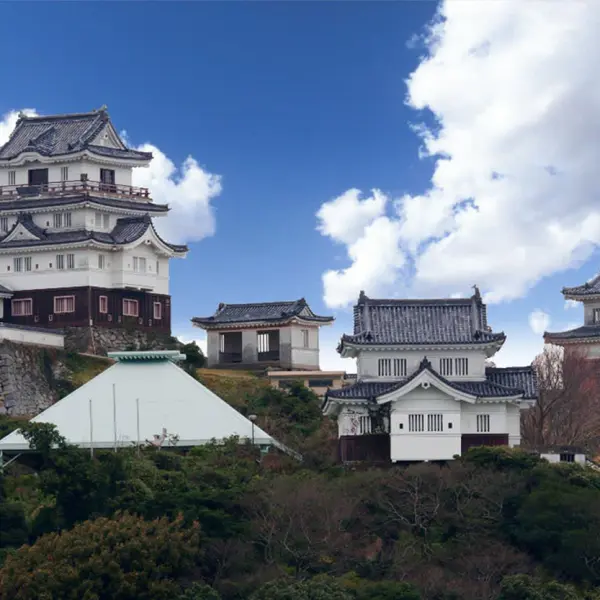 Hirado Castle Stay
Hirado Castle Stay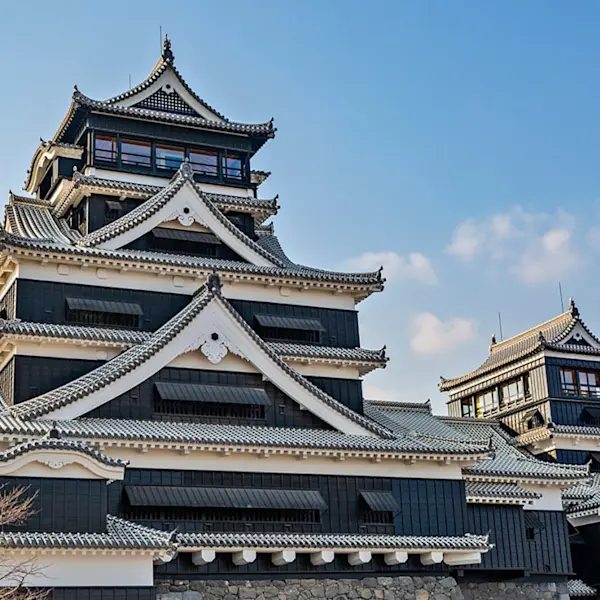 Kumamoto Castle: Exploring the History
Kumamoto Castle: Exploring the History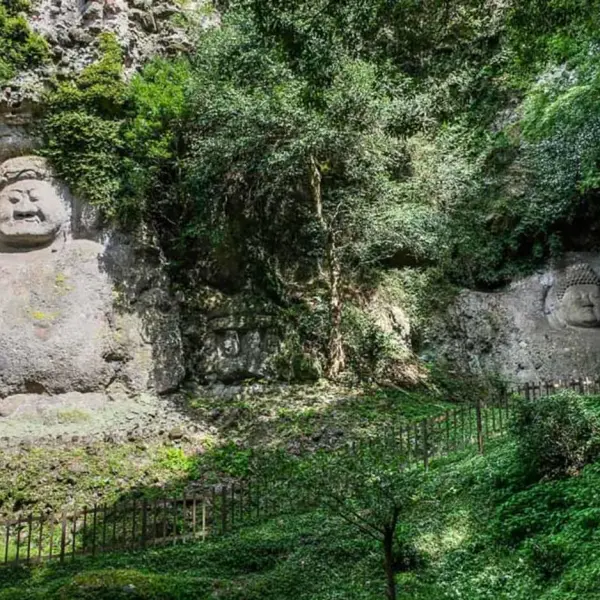 The Spiritual Trek of Kunisaki’s Rokugo Manzan Temples and Sites
The Spiritual Trek of Kunisaki’s Rokugo Manzan Temples and Sites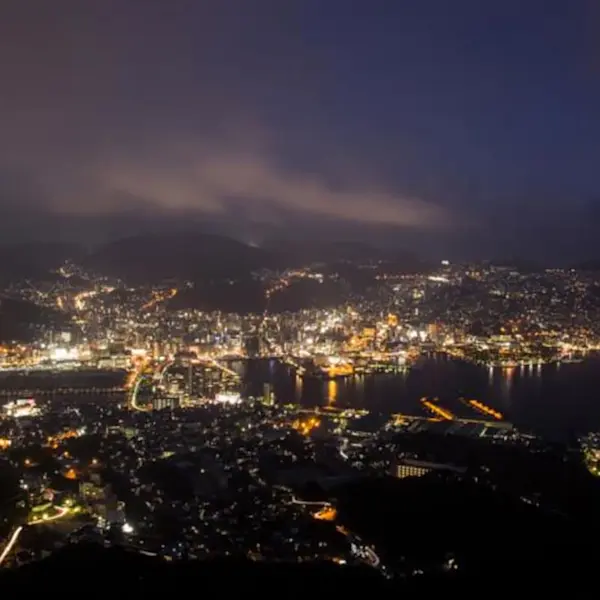 Trade, War and Religion: The Many Faces of Nagasaki City
Trade, War and Religion: The Many Faces of Nagasaki City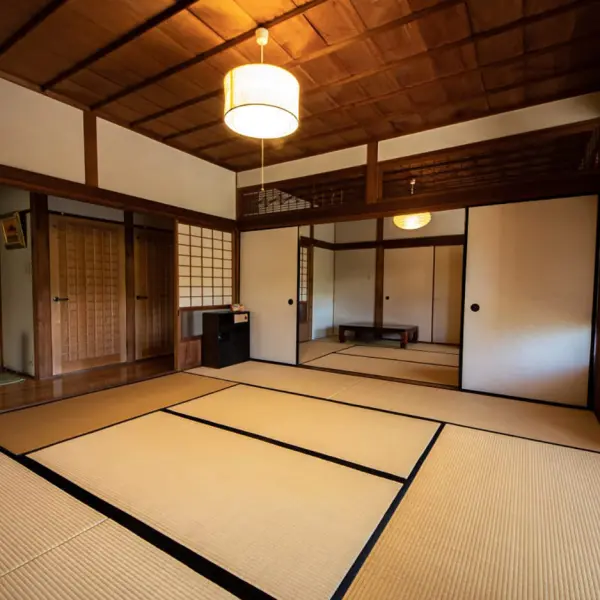 Exploring Obi Castle
Exploring Obi Castle Kitakyushu Highlights: Kokura Castle and Kawachi Wisteria Garden
Kitakyushu Highlights: Kokura Castle and Kawachi Wisteria Garden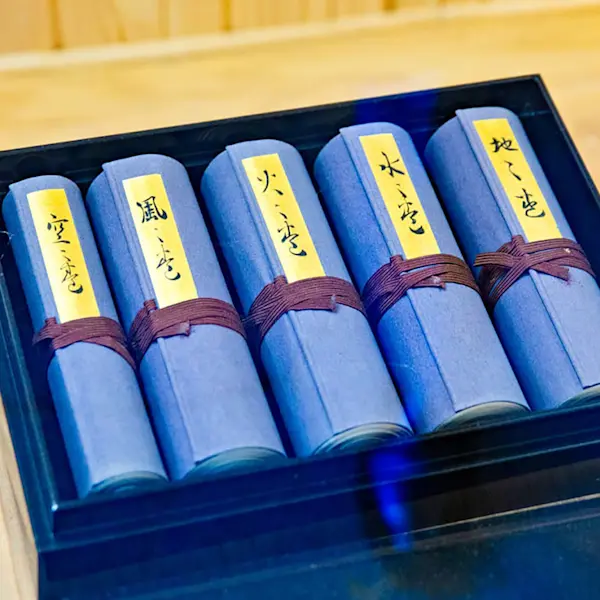 Musashi Miyamoto: Perhaps the Best Samurai Swordsman in Japan
Musashi Miyamoto: Perhaps the Best Samurai Swordsman in Japan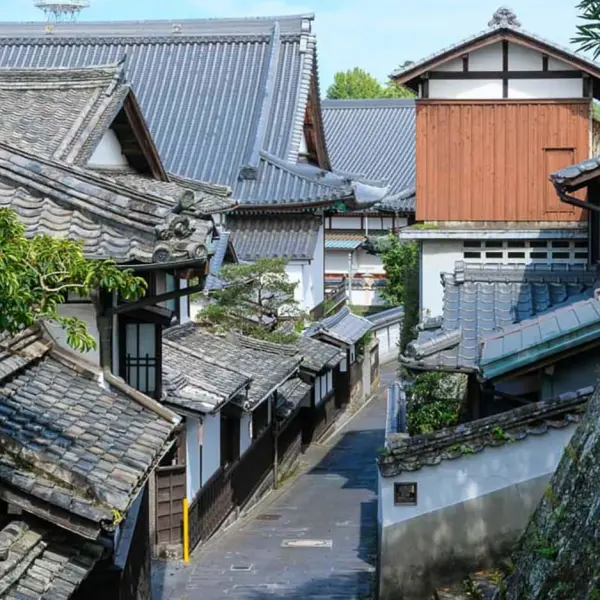 Usuki's Samurai District and Edo Period Castle Town
Usuki's Samurai District and Edo Period Castle Town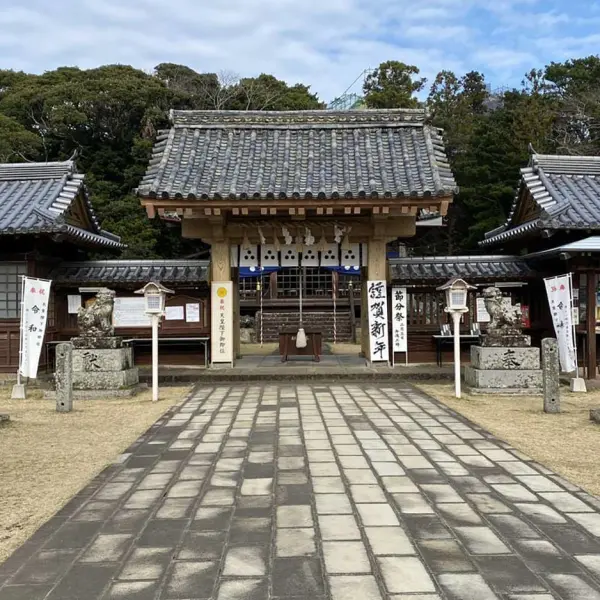 Hirado Matsuura Clan: Over 1,000 Years of History
Hirado Matsuura Clan: Over 1,000 Years of History




